Share the post "Tornado Alley: Myths, Legends, and the Harsh Realities in Texas"
Tornado Alley, a US region known for violent twisters, is well known. Tornado activity has long been concentrated in Texas and this central U.S. region. Our attention with this area goes beyond admiration of nature’s grandeur to understanding how patterns and changes effect our safety and structures.
Recent research indicate Tornado Alley is shifting. Texas, notorious for its tornadoes, may be handing the torch eastward. How we prepare for and respond to natural events is affected by this transformation. The effects of extreme weather on infrastructure, insurance, and community planning affect everyone, not just meteorologists and thrill-seekers.
Stay informed and adjust to these developments. Keeping up with the latest research and observations helps us prepare and avoid surprises. We share a commitment to safety and a curiosity that keeps us at the forefront of understanding our ever-changing environment as we face tornado pattern shifts.
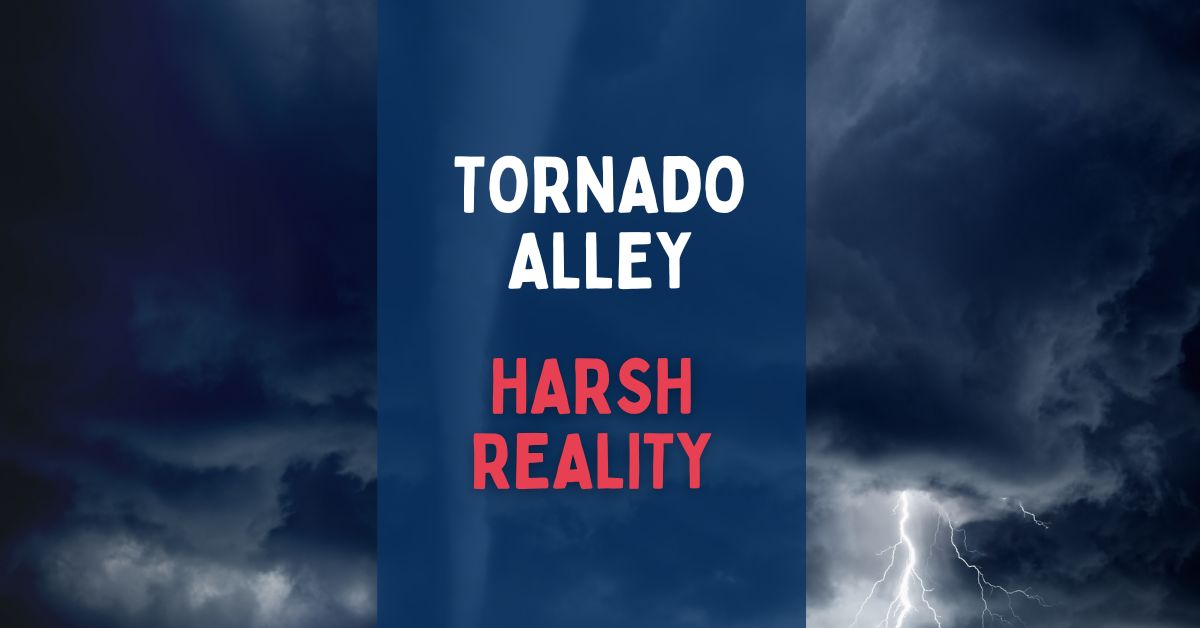
Tornado Alley Explained
Tornado Alley is a region that’s no stranger to spinning columns of air, and Texas stands at its very heart, bearing witness to these powerful natural phenomena.
Defining Tornado Alley
Tornado Alley is a colloquial term indicating an area in the central United States that frequently experiences tornadoes. It’s a region that includes parts of Texas, Oklahoma, Kansas, Nebraska, and South Dakota. Known for its severe thunderstorms, this swath of land is characterized by a combination of geographical and meteorological factors conducive to the formation of tornadoes.
Texas: Tornado Alley’s Epicenter
Texas is often considered Tornado Alley’s epicenter due to its high frequency of tornado occurrences. As the largest state in Tornado Alley, it provides a unique blend of warm, moist air from the Gulf of Mexico and cool, dry air from the Rockies, setting the stage for the perfect storm conditions that can lead to the development of tornadoes.
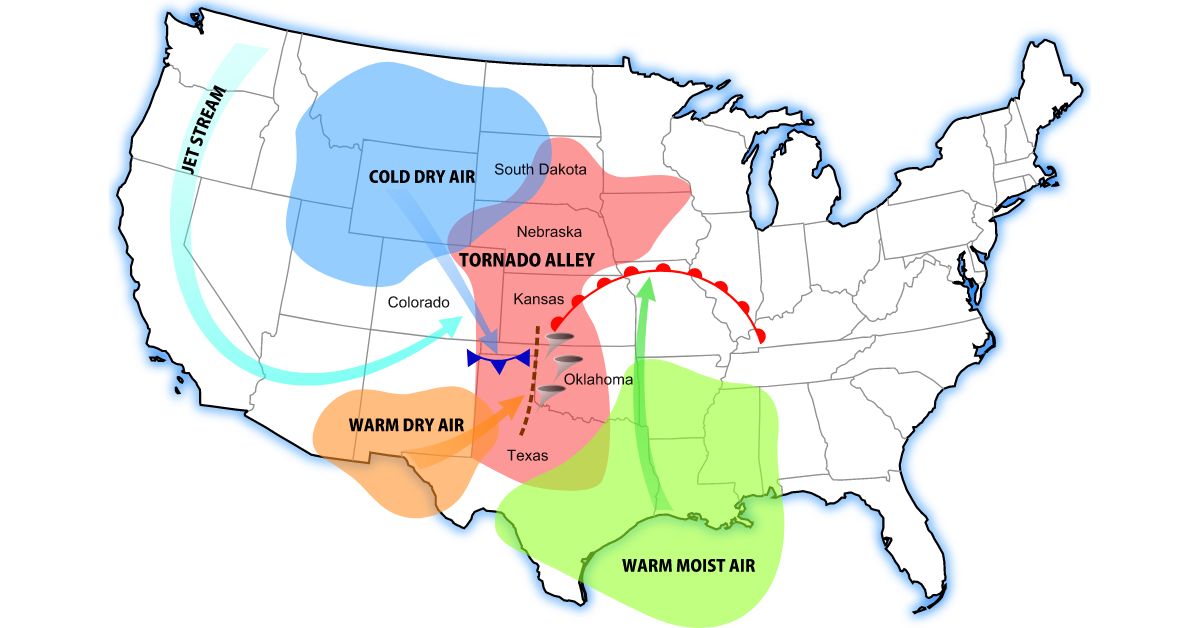
Historical Tornado Trends in Texas
We’ve witnessed a dynamic history of tornado activity in Texas, with notable events shaping our understanding of these formidable weather phenomena. Our state stands as a critical area for tornado research due to its frequency and intensity of occurrences.
Significant Tornado Events
We remember several significant tornado events that have left their mark on our history. One of the most devastating tornadoes occurred on April 10, 1979, in Wichita Falls, known as “Terrible Tuesday.” This multiple-vortex tornado caused extensive damage with wind speeds that were estimated to reach up to 300 miles per hour. It resulted in 42 fatalities and over 1,700 injuries, solidifying its place in our memory as one of the most violent weather events we’ve endured.
Another event that stands out was on May 11, 1953, when a powerful tornado struck Waco, leading to 114 fatalities and hundreds of injuries, along with massive destruction to the downtown area. This tornado serves as a stark reminder of the potential severity of tornadoes in our region.
Statistical Overview
In terms of numbers, our state leads with a staggering total of tornado occurrences. Between 1950 and 2021, Texas experienced 9,535 tornadoes, which is a significant figure compared to other states in Tornado Alley. Due to our vast land area and unique geography, we see a wide range of tornado intensities:
- Weak Tornadoes (F0/EF0 or F1/EF1) account for 77% of all our tornadoes, indicating that while many tornadoes occur, not all carry the same potential for destruction.
- On the other end of the spectrum, intense tornadoes (F4/EF4 and F5/EF5) comprise 0.9%, but their impact is far more devastating.
These statistics demonstrate just how critical it is for us to stay vigilant and prepared for the range of tornadoes we may face. For a closer examination of our historical tornado data, the interactive map on gosanangelo.com provides a detailed look at tornado paths, frequencies, and intensities across the state.
| Year | Tornado Count | Notable Tornadoes | Fatalities | Injuries | Damage |
|---|---|---|---|---|---|
| 1950 | 136 | Waco Tornado | 114 | 597 | $41.7 million |
| 1970 | 232 | Lubbock Tornado | 26 | 500+ | $125 million |
| 1997 | 148 | Jarrell Tornado | 27 | 242 | $20 million |
| 2011 | 175 | April Super Outbreak | 10 | 103 | $1 billion+ |
| 2019 | 150+ | Dallas Tornado | 0 | 10 | $2 billion |
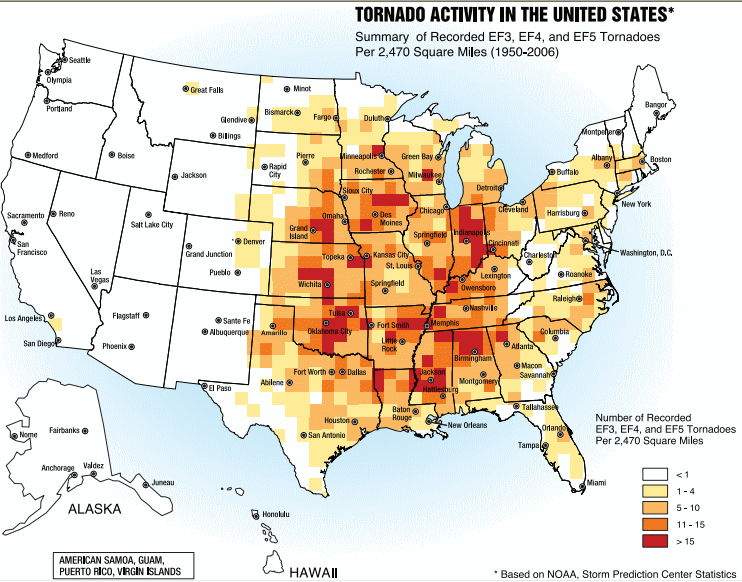
Science of Twisters
To understand the ferocious nature of tornadoes, particularly in Tornado Alley, we must grasp the fundamental science of how these twisting wonders form and the unique meteorological conditions that facilitate their occurrence.
Formation of Tornadoes
Tornadoes are nature’s most intense and complex atmospheric phenomena. We see them as violently rotating columns of air that extend from a thunderstorm to the ground. Their birth is contingent on a few, very specific atmospheric conditions. Initially, wind shear, which is a drastic change in wind speed and direction with height, creates an invisible, horizontal spinning effect in the lower atmosphere.
Following this, a strong updraft lifts this spinning air into a vertical position. If this vertical spinning column of air stretches and intensifies, a tornado can form within a supercell thunderstorm.
Meteorological Conditions
For us to witness the awe-inspiring power of a tornado, certain meteorological conditions must be present. These include:
- Moisture in the lower atmosphere: This provides the necessary humidity to form thunderclouds.
- Instability: Warm, humid air near the ground must be present with cooler, drier air above. This instability allows the warm air to rise swiftly.
- Lift: Something must elevate the warm, moist air to create thunderstorms. This could be a front, or dry line, acting like a ramp.
Our understanding of these conditions reveals why Tornado Alley is particularly prone to twisters. The area is a breeding ground where these ingredients often come together.
By examining the science behind these spinning columns of destruction, we edge closer to forecasting their paths and potentially saving lives within Tornado Alley, the epicenter of twister formation.
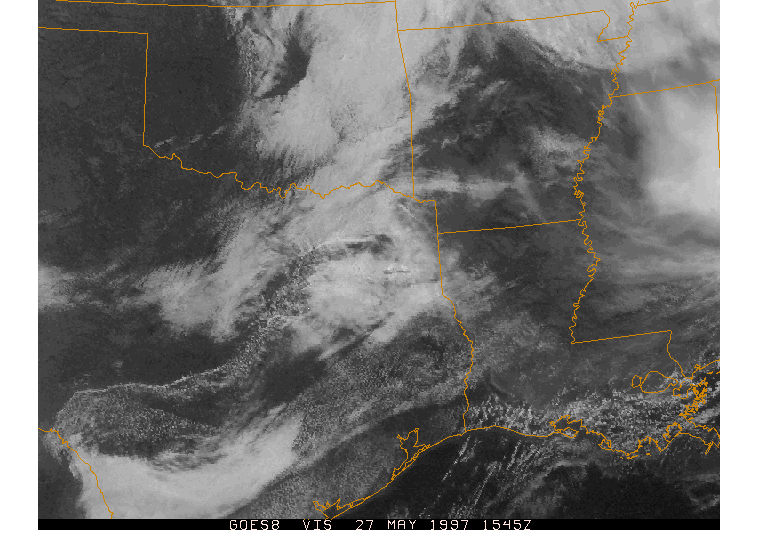
Surviving a Tornado in Texas
To survive tornadoes, we focusing on two vital aspects: safety measures specific to these ferocious storms and thorough emergency preparedness.
Safety Measures
Our best defense against tornadoes is a set of robust safety measures. We make sure to identify a safe room or storm shelter in our homes—basements or small, windowless interior rooms on the lowest floor are ideal. It’s crucial for us to remain vigilant for tornado warnings and immediately move to our designated safe area when one is issued.
- Avoid windows: Keep clear of all windows to avoid flying debris.
- Cover up: Use pillows, mattresses, or helmets to protect our heads from harm.
- Stay informed: Keep a battery-powered weather radio handy to stay updated on the storm’s progress.
Emergency Preparedness
Our emergency preparedness plans are devised well ahead of time, ensuring we have the necessary supplies and information to stay safe.
- Build an emergency kit: Stock a kit with essentials such as water, non-perishable food, medications, and first aid supplies.
- Formulate a communication plan: Establish a family communication plan so we can reconnect and check in on each other’s safety after a tornado passes.
Our preparedness checklist also includes:
| Item | Description |
|---|---|
| Water | One gallon per person per day for at least three days |
| Food | A three-day supply of non-perishable food |
| Flashlight with extra batteries | Essential for power outages |
| First aid kit | For treating minor injuries |
| Whistle | To signal for help |
By staying alert and informed, we can significantly increase our chances of weathering tornadoes safely.
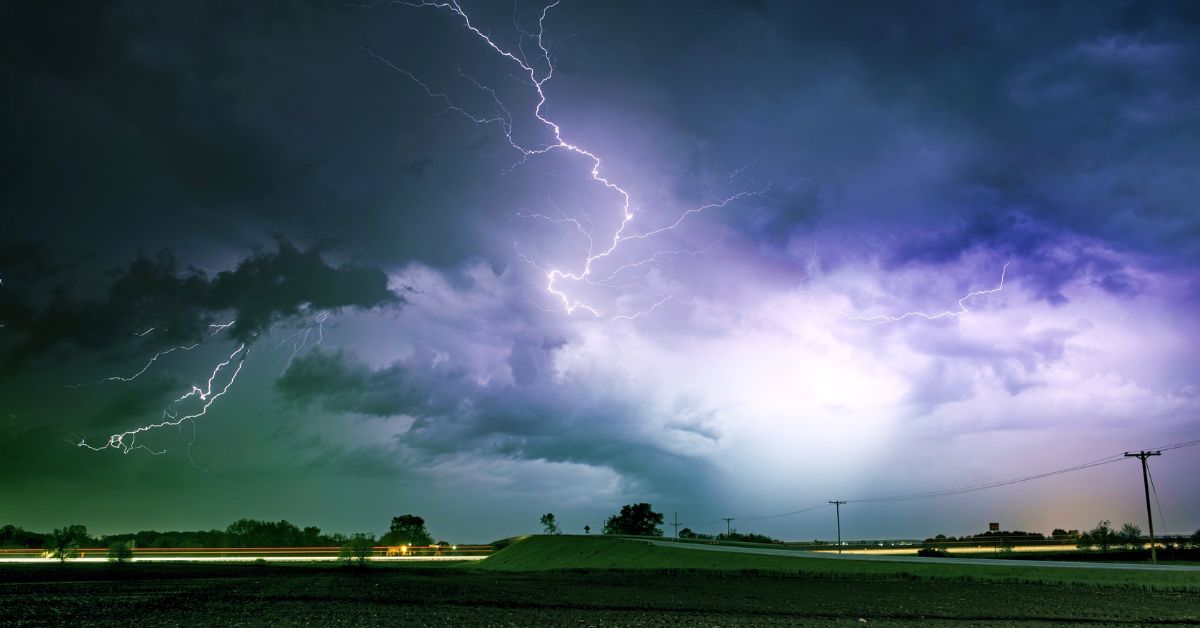
Climate Change and Tornado Alley
As we delve into the shifting nature of Tornado Alley, it’s clear that climate change plays a significant role in altering tornado patterns and shaping future projections.
Impact on Tornado Patterns
We’re witnessing a noticeable shift in tornado activity within the United States. Research indicates that the traditional boundaries of Tornado Alley are expanding, with an increased frequency of tornado occurrences in regions that previously were less affected. For instance, there have been reports suggesting that Tornado Alley is expanding, with climate change being a driving force behind these changes. This includes parts of the Southeast and further into Texas, where the twister touch-downs are challenging previous patterns.
Future Projections
Looking ahead, we are faced with a certain level of uncertainty regarding the exact trajectory of Tornado Alley. However, scientists do agree on the general trend of tornadoes moving eastward, away from Texas, based on recent studies. This suggests fewer tornadoes in Texas in the coming years, a projection that has far-reaching implications for disaster preparedness and response strategies in the affected regions.
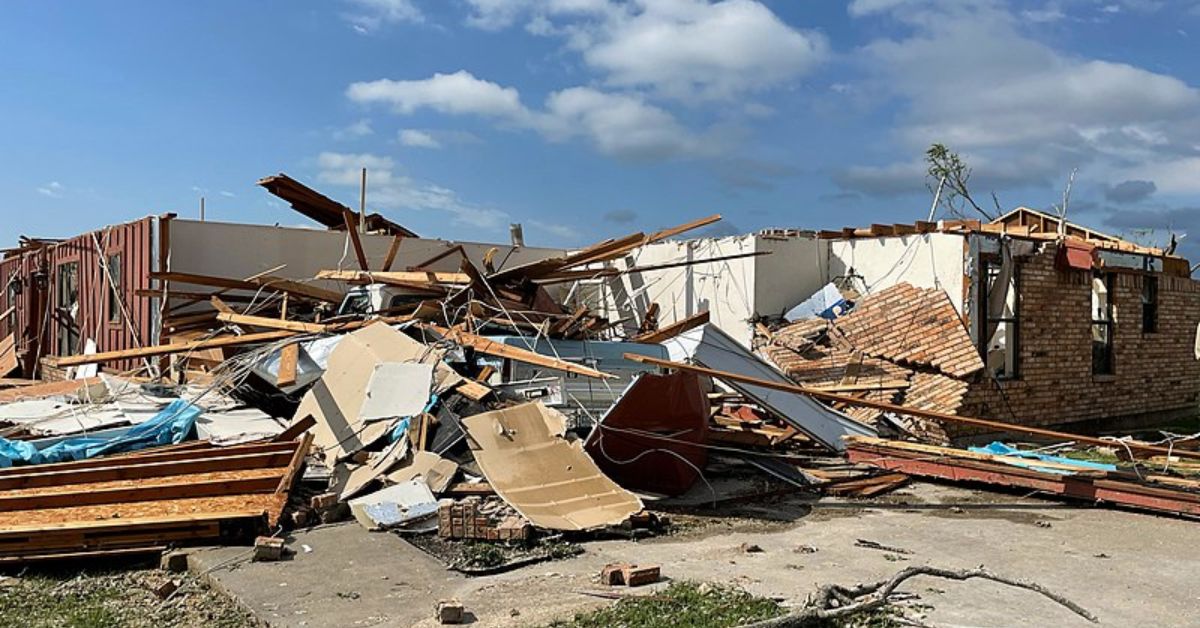
Economic and Social Implications
As we dive into the economic and social implications of Tornado Alley, it’s clear that the frequent tornadoes affect both the farming industry and the resilience of our local communities. These implications stretch beyond the immediate aftermath of a storm, influencing long-term prosperity and social structure.
Effect on Agriculture
Agriculture is the lifeblood of many regions within Tornado Alley. When tornadoes strike, they not only risk our lives but also threaten our main source of income. Crops can be devastated in an instant, leading to significant financial losses. For instance, Texas is a leading producer of cotton, and damage to these crops from tornadoes can have far-reaching effects on both local and international markets.
Community Resilience
Community resilience, the regularity of tornadoes in Tornado Alley necessitates a robust emergency management system. We have seen schools doubling as storm shelters and local businesses supporting reconstruction efforts. This has fostered a unique bond among residents; our shared experiences with tornadoes enhance our unity and collective strength. However, rebuilding and recovery is a costly affair, and the cycle of destruction and repair can strain community resources.
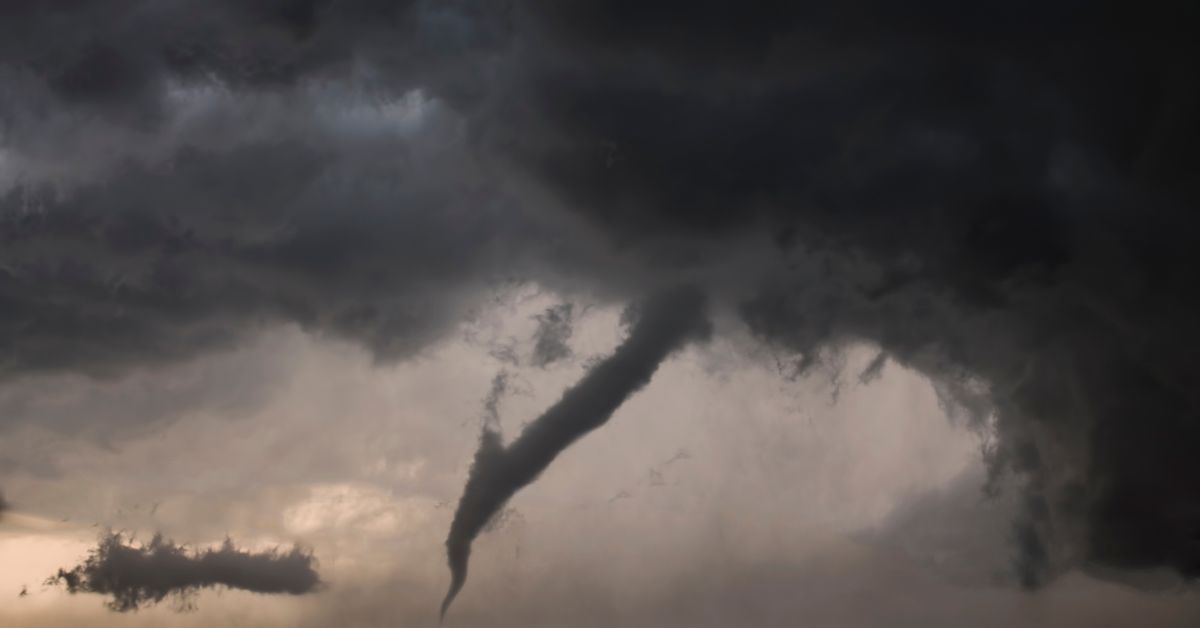
Advancements in Tornado Forecasting
As enthusiasts of weather patterns and safety, we’re happy to observe the progress in tornado forecasting. The sophistication of tools and techniques has been transformative!
High-Resolution Modeling: We’ve witnessed a leap in predictive power! Our models now use finer grids, rendering more detailed simulations of the atmosphere. This helps us foresee severe weather with increased accuracy.
- Dual-Polarization Radar: Upgrades to the Doppler radar systems have been groundbreaking. Dual-polarized radar beams produce more comprehensive data, giving us invaluable insights into precipitation types and storm structures.
Enhanced Communication: We’ve embraced new platforms to disseminate warnings faster. Social media and smartphone apps have become essential in reaching people swiftly and effectively.
Machine Learning: Adoption of machine learning algorithms has been a game-changer. These systems analyze vast amounts of data, spotting patterns that may signal tornado formation. This means we can alert communities sooner than ever before.
The integration of Drones and Weather Balloons in storm chasing gives us a bird’s-eye view. We marshal these to gather live data from areas previously unreachable, enriching our understanding of storm dynamics.
Data from Satellites also play a crucial role. We rely on high-definition imagery to track storms as they develop. These images are clearer and more frequent, meaning we miss less and predict more.
We, as a community committed to safety and awareness, couldn’t be more excited about these advancements. Our preparedness and response capabilities are ever-improving, offering hope and protection against these fierce forces of nature.
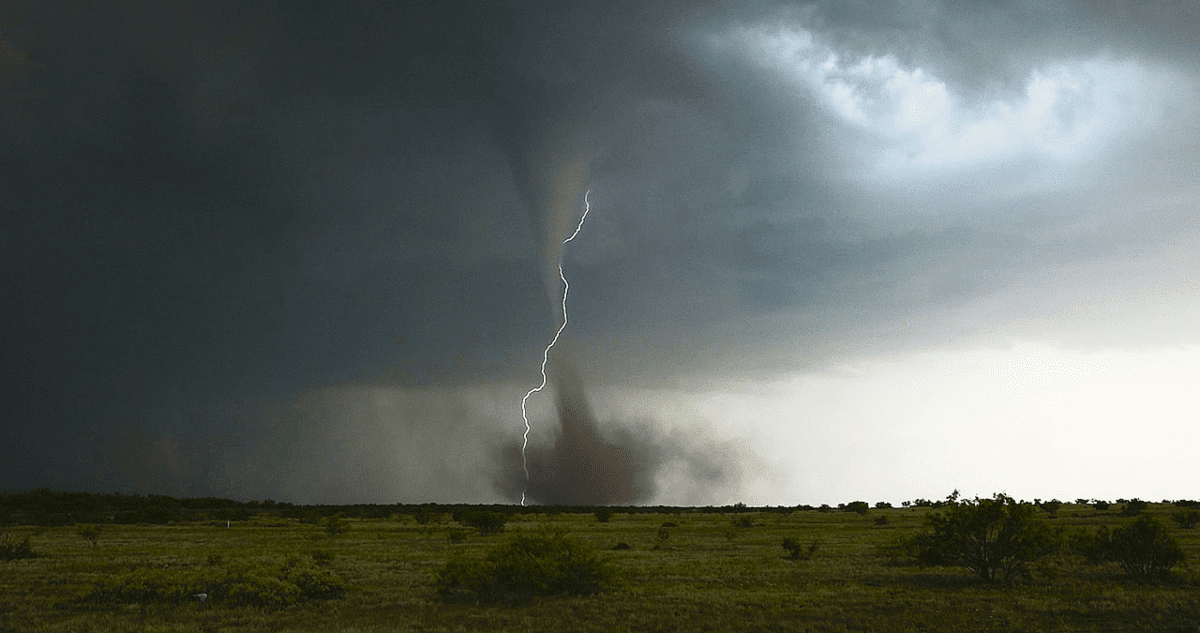
Tornado Myth Busting
We often hear thrilling tales about tornadoes, but let’s clear the air around some common misconceptions!
Myth 1: Tornadoes avoid cities.
Truth: Cities are not immune. Urban areas like Dallas have experienced tornadoes, busting the myth that skyscrapers somehow deter them.
Myth 2: The southwest corner of a building is the safest.
Truth: The safest place is actually a small, windowless room or hallway on the lowest floor, not caring about the direction.
| Myth | Truth |
|---|---|
| Opening windows reduces damage. | It’s a waste of precious time! Finding shelter should be our priority. |
| We can outrun a tornado in a car. | Tornadoes can change direction and speed swiftly. We’re safer in a low, flat location. |
Myth 3: Tornadoes don’t happen in winter.
Truth: Tornadoes can occur any time of year if conditions are right. Our vigilance shouldn’t be seasonal.
Myth 4: All tornadoes make a loud roar.
Truth: While many do roar, some can be nearly silent. Let’s rely on weather alerts, not just our ears!
Together, we’re dispelling these tornado myths with facts.

Tornado Alley in Popular Culture
We’ve all seen the dramatic portrayal of Tornado Alley in movies, TV shows, and books—it captures our imagination and thrills with tales of nature’s swirling power. Hollywood blockbusters like “Twister” have brought the heart of Tornado Alley into our living rooms with gripping visuals and stories of storm chasers racing against the elements.
In literature, authors often utilize the unpredictable nature of tornadoes to mirror the turmoil of their characters’ lives. It’s not just about the storms themselves; it’s about the human drama against a backdrop of extreme weather.
Tornado Alley’s impact on popular culture also extends to television, with reality shows and documentaries delving deep into the lives of those who track and study these powerful phenomena. We get a front row seat to what it’s like to face these twisters on the ground.
Moreover, music and art have found inspiration in the raw beauty and energy of Tornado Alley. From the haunting melodies to stirring photography and paintings that depict the dark, swirling skies, these creations are a testament to the alley’s place in cultural expression.
And let’s not forget the digital space! Video games and virtual experiences allow us to safely navigate simulated tornado events from the comfort of our homes. While we’re at it, we get to learn more about the science and safety measures surrounding tornadoes, which is absolutely crucial.
In every medium, Tornado Alley remains a symbol of awe-inspiring natural power and the resilience of those who live amidst its path. It’s as if every thunderous depiction reaffirms our love for the thrill and drama only nature can provide.
Share the post "Tornado Alley: Myths, Legends, and the Harsh Realities in Texas"
Christian Linden is a seasoned writer and contributor at Texas View, specializing in topics that resonate with the Texan community. With over a decade of experience in journalism, Christian brings a wealth of knowledge in local politics, culture, and lifestyle. He holds a Bachelor's degree in Communications from the University of Texas. When he's not writing, Christian enjoys spending weekends traveling across Texas with his family, exploring everything from bustling cities to serene landscapes.











